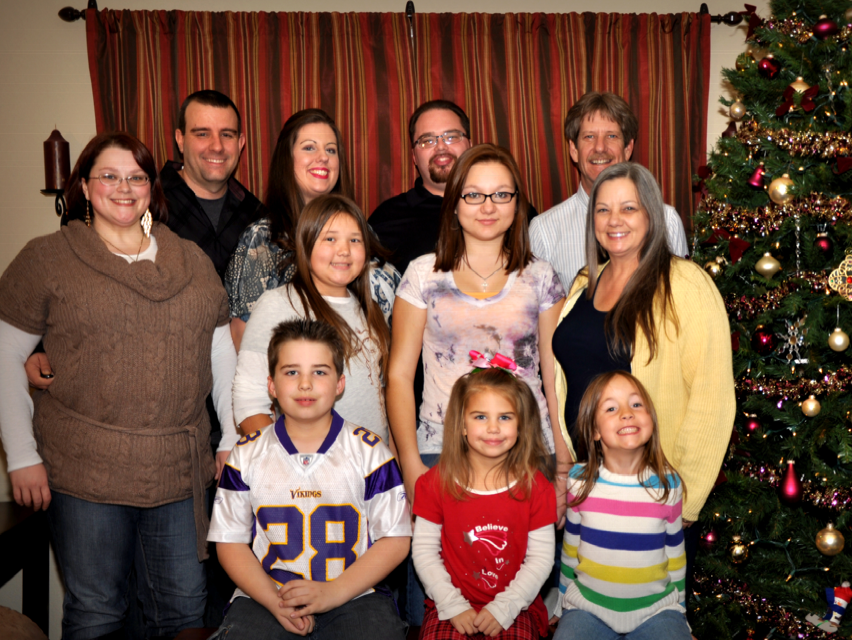When you’re infertile, you get used to a certain level of disappointment. In the beginning that disappointment comes in the form of either your period or a negative pregnancy test. Later, you will deal with invasive testing that usually doesn’t provide the answers you were looking and hoping for. If you’re unable – or choose not to – conceive a child via ART (Assisted Reproductive Technology) and instead choose the route of adoption, then you’re in for even more disappointment as you play the never-ending waiting game for the placement of your child. If Plan A (conceiving via unprotected sex aka “The Old Fashioned Way”) doesn’t work out, then the majority of people will go on to Plan B (ART or adoption). However, most people don’t realize that there is a lot more to Plan B than meets the eye. Therefore you might need a Plan C.
Allow me to elaborate: Let’s say you’ve been diagnosed with infertility by your doctor after a series of tests for both yourself and your partner. If those tests indicate that either one of you has a condition that can be treated with surgery or medication, then that would be the first portion of your “Plan B.” If either of these options fail, then most couples will then go on to try IUI or IVF, we’ll refer to this as “Plan B-1.” If multiple rounds of IVF fail to result in a pregnancy or live birth, then those that choose to still attempt to conceive a child through science will have to start discussing the option of using donor gametes. Or what I would refer to as Plan “B-2.” Or they may consider a gestational surrogate or Plan “B-3.” An example in today’s pop culture would be that of Bill and Giuliana Rancic – of reality TV fame – who are using a gestational carrier for the upcoming birth of their biological son. Giuliana tried multiple rounds of IVF and endured a miscarriage and a breast cancer diagnosis before turning to surrogacy as an option to build her family.
Several couples will skip over Plans B-2 and B-3 and move on to adoption as their Plan C. Of course, then there’s the decision of domestic vs. international, foster vs. private, closed vs. open and infant vs. older children and sibling groups. You can start to see here how complicated the business of family building is and how this entire process can destroy even the strongest of relationships.
Adoption itself has its own unique set of potential heartbreaks in the form of a failed potential placement from the birth mother either choosing to parent herself, or deciding on a different couple to parent her child. For those who adopt internationally, there’s the delicate dance of submitting dossiers to your country of choice, dealing with the bureaucratic red tape, then anxiously awaiting your match. If you choose to adopt from countries like China, then that wait can be years. Foster-adoption has its problems as well – many of the children in foster care come from a background of abuse and/or neglect and have special needs due to their physical and emotional trauma. There’s also the risk of you fostering a child, falling in love, and then having to relinquish that child back to its birth family in a process called “reunification.” Of course, if you choose the foster-adoption route, you are informed up front that the goal of DHS is the reunification of the child(ren) with their birth family, if at all possible. Until a birth parent’s rights are terminated by the court, there is no guarantee that a child placed in your home will be available for you to adopt.
If the idea of prolonged medical procedures or adoption is not for you, then there is always the option of living child free. Choosing this option does not mean that you are living less of a life because you’re not a parent. Many couples that have selected to be child free lead extremely fulfilling lives and have a strong relationship with their partner. They do not let the fact that they are childless define who they are as a person or as a couple. These couples become the beloved aunts and uncles to their siblings’ and friends’ children by spoiling them rotten.
No matter which plan you choose, you need to make sure to maintain an open dialogue with your partner during the process. Also, don’t be surprised if you find your original plan changing as time goes on. There was a time when I thought I would do whatever it took to become pregnant and birth a child. As time passed and I matured and learned more about myself and my medical conditions, I decided that ultimately I want to parent a child and that pregnancy and birth do not matter to me. However, I can honestly say after dealing with infertility for the past 13 years, that if our foster-adoption situation does not work out, then I can and will choose to live a child free life with my husband. We have been together for 17 years and have a wonderful, loving relationship. We are also fortunate to have many children in our lives whom we can (and do) vicariously parent and lavish our affections upon. This is my Plan C, and it’s one I can gladly live with.

Natalee, pictured far left, says this photo was taken a couple of years ago. Since then another nephew has been welcomed into the family.